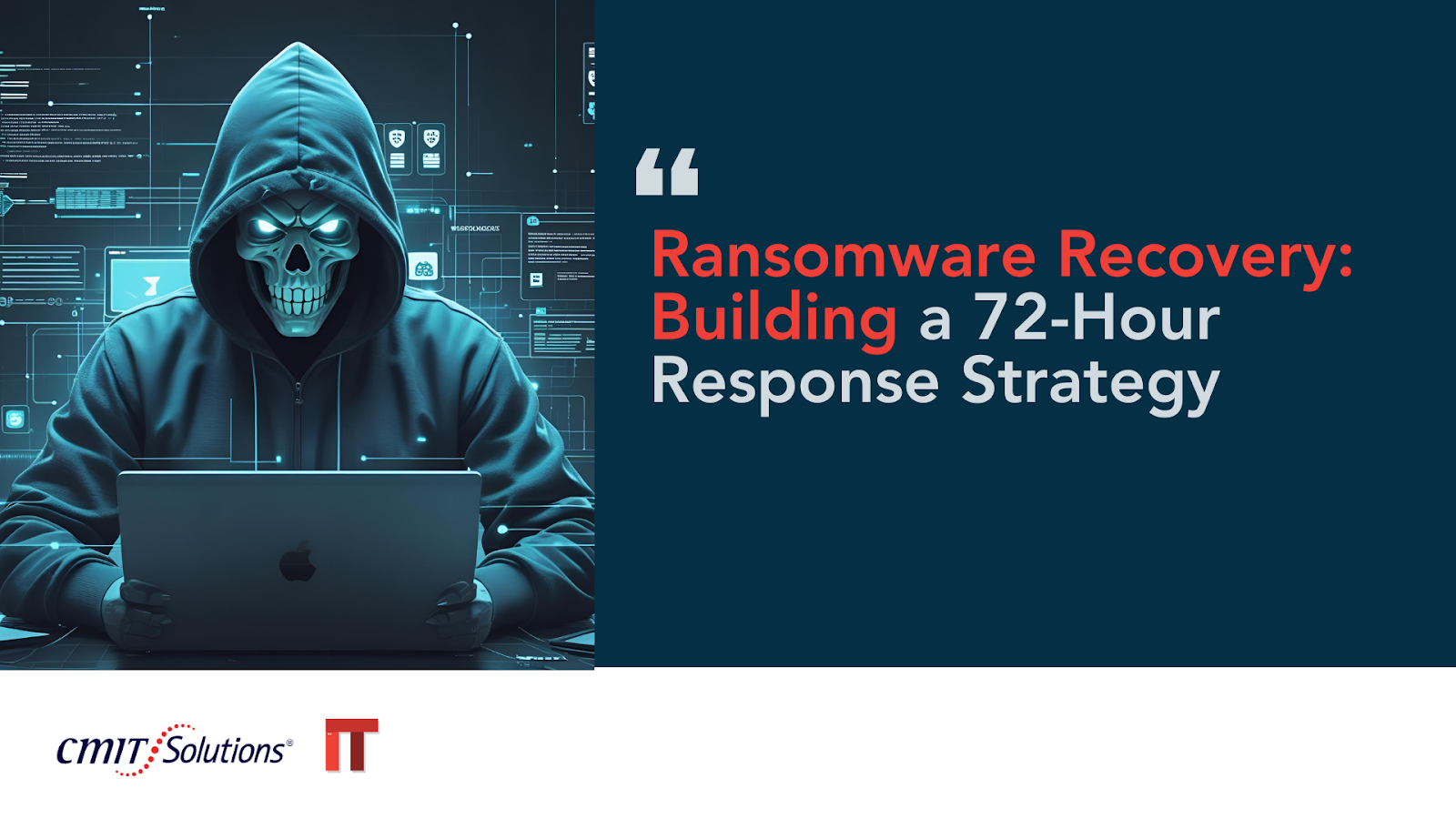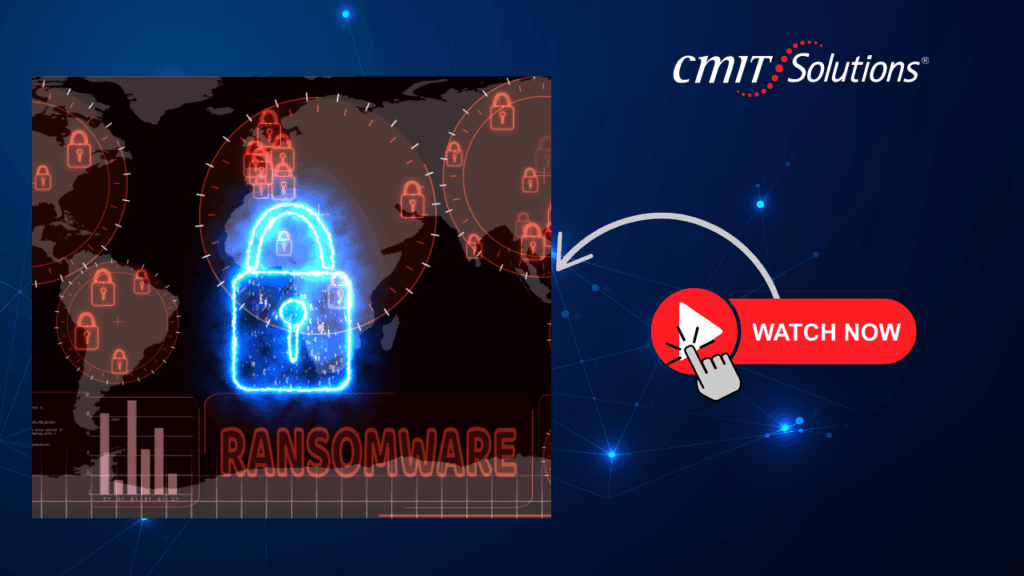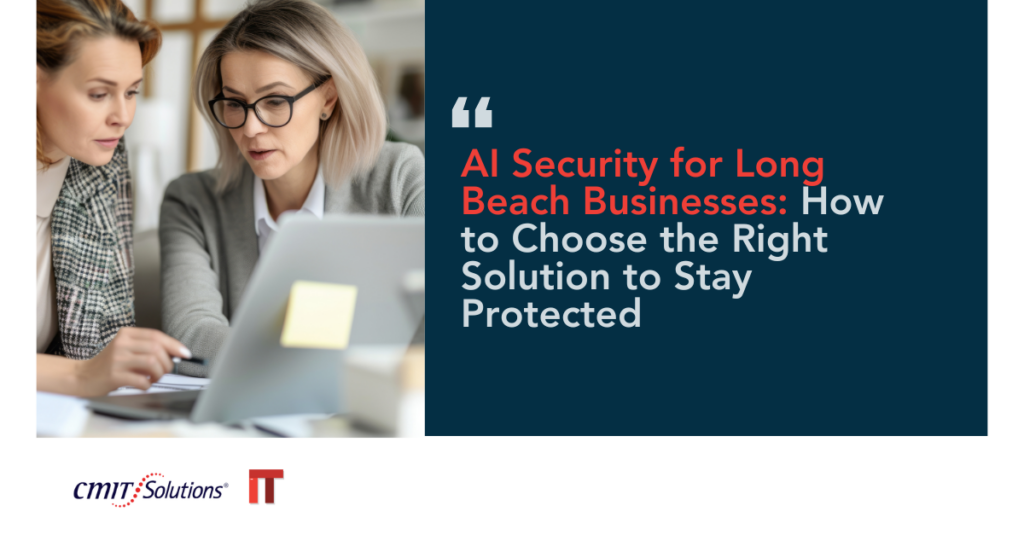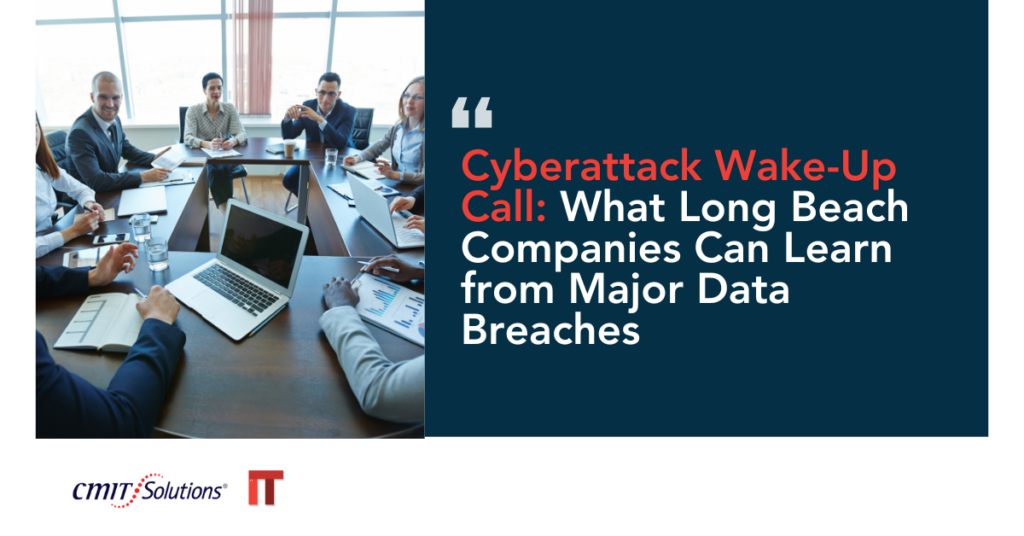Ransomware attacks are one of the most crippling cybersecurity threats facing small and midsized businesses (SMBs) today. A single compromised endpoint can rapidly evolve into an organization-wide crisis—locking users out of files, paralyzing systems, and demanding high-stakes payments. That’s why having a 72-hour ransomware recovery plan isn’t just smart—it’s essential.
In this guide, we’ll break down the key phases of a 72-hour ransomware response strategy, from immediate containment to long-term resilience, with specific insights tailored for SMBs.
What is Ransomware and Why It Matters
Ransomware is a type of malicious software that encrypts files and systems, rendering them inaccessible until a ransom is paid. Attacks have increased in complexity and frequency, targeting everything from healthcare clinics to startups. SMBs, in particular, have become primary targets due to perceived vulnerabilities.
Understanding cyber threats is the first step to mounting a strong defense. For many businesses, a ransomware event leads to operations grinding to a halt, revenue loss, reputational damage, and even legal consequences.
The financial and emotional burden is immense. Unlike large enterprises, SMBs often lack redundant systems and disaster recovery infrastructure, making them more susceptible to prolonged outages. According to industry reports, nearly 60% of small businesses close within six months of a major data breach.
The First 24 Hours: Containment and Communication
In the first 24 hours, the focus must be on isolating the threat and assessing its scope:
- Disconnect Infected Devices: Remove affected endpoints from the network to stop the spread.
- Notify Your Response Team: Activate your internal or external IT team immediately.
- Communicate Internally: Inform employees to avoid panic and prevent further breaches.
With proactive IT support, companies can drastically reduce their response time and limit damage.
Timely communication is critical. All stakeholders—including legal teams, vendors, and possibly customers—need to be kept informed. Delay in disclosure can trigger compliance violations, especially in regulated industries like healthcare and finance.
The 24-48 Hour Window: Forensics and Restoration
This phase focuses on assessing the damage and initiating recovery:
- Run Forensics: Determine the entry point and malware behavior.
- Check Backups: Restore systems using your latest safe backups.
- Scan All Devices: Ensure no other areas of the network remain infected.
Cloud backups play a vital role here, offering a clean, uncorrupted version of your systems ready for redeployment.
It’s during this phase that the true value of your disaster recovery plan is tested. Restoration must be done incrementally to avoid reintroducing infected data. Secure, isolated environments such as virtual sandboxes are recommended.
The 48-72 Hour Window: Rebuild and Harden
Now is the time to not only recover but to strengthen your defenses:
- Patch Vulnerabilities: Fix any discovered gaps or misconfigurations.
- Update Credentials: Enforce password resets across accounts.
- Upgrade Security Tools: Leverage tools like SIEM or EDR for better detection and response.
By integrating advanced threat protection, businesses can deter future attacks with greater accuracy.
Cybersecurity is not a one-time fix. It’s a continuous process that should be reviewed quarterly. MSPs help businesses establish baselines, conduct penetration tests, and simulate attacks to improve preparedness.
What to Include in a Ransomware Response Plan
A strong ransomware plan includes:
- Defined Response Roles: Know who does what in a crisis.
- Backup Testing Schedules: Regularly test recovery processes.
- Employee Training Programs: Educate staff on phishing and social engineering.
If your current plan lacks structure, consider partnering with a managed services provider to build and maintain a professional-grade strategy.
Every SMB should perform quarterly drills to simulate different ransomware scenarios. The faster you respond in a simulated environment, the more likely you are to recover efficiently in a real crisis.
Role of AI in Detection and Response
AI technologies now play a leading role in ransomware mitigation. By continuously learning threat patterns, AI-driven security systems offer real-time alerts and automatic containment.
Implementing AI in your cybersecurity stack enhances your ability to:
- Detect threats faster
- Automate incident response
- Reduce alert fatigue for your IT team
AI innovation can also streamline your internal operations, freeing up human resources to focus on strategic objectives.
Avoiding Common Ransomware Mistakes
Too many SMBs falter by making preventable errors during a ransomware event:
- Paying the Ransom: There’s no guarantee of getting your data back.
- Failing to Report: Delaying breach disclosures may breach compliance regulations.
- Lack of Preparation: Companies without a recovery plan suffer the longest downtimes.
To avoid these pitfalls, organizations should routinely assess their security posture, review lessons from major breaches, and perform frequent tabletop exercises.
Why SMBs Need Managed IT Services
Managed IT services give SMBs access to enterprise-level expertise without the cost of a full in-house team. With 24/7 monitoring, cloud management, and security layers, MSPs dramatically improve response outcomes after ransomware attacks.
Partnering with experts helps reduce risks, as seen in successful business expansion strategies backed by trusted IT guidance. For SMBs, the right MSP becomes the bridge between operational resilience and scalable growth.
IT challenges are best addressed by strategic support that grows with your business.
Strengthening Security Posture Moving Forward
Post-recovery, your organization must go beyond patching. Consider:
- Adopting zero trust security
- Using stronger authentication
- Monitoring with AI and behavioral analytics
Investing in network management and unified platforms is key to staying ahead of emerging threats.
Conclusion
The first 72 hours after a ransomware attack are critical. Businesses must act quickly, methodically, and confidently. With the right preparation, including strong cloud security, endpoint defense, and strategic partners, recovery can be swift and successful.
Every business—no matter its size—deserves a ransomware response plan that protects its data, reputation, and future. Don’t wait until it’s too late. Build your 72-hour strategy today.






